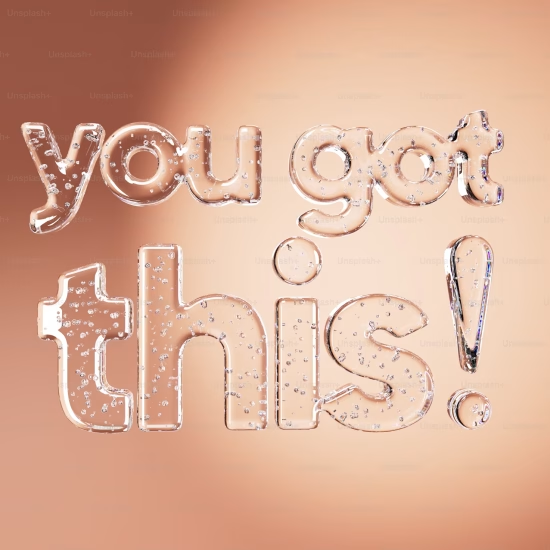
Productive Struggle Helps Students Grow Their Learning Power
The following is adapted from (Re)Building Students’ Learning Power: Teaching for Instructional Equity and Cognitive Justice by Zaretta Hammond, forthcoming from Corwin Press in April 2025.
To engage in increasingly complex academic work, each student must develop a more sophisticated set of cognitive structures. To do this, students must engage in productive struggle – the process of grappling to make sense of something or problem-solving.
When students engage in productive struggle, they are incrementally mastering learning-to-learn skills and, over time, expanding their capacity to carry more of the cognitive load. These are core capacities a student would begin cultivating from first grade through at least the 10th grade.
Information processing prowess expands exponentially as students become more competent at learning new content. As their competence grows, so does their confidence. As they notice this growing competence, they are more inclined to stretch themselves even more and let go of dependent learning behaviors in order to reach higher levels of mastery in a subject area or with a skill. The brain’s information processing system is made up of three core phases:
- Attention: where we direct our focus, determining what information we let into our consciousness.
- Elaboration: how we take apart, mix together, and connect new content in our working memory.
- Consolidation: how we move useful knowledge from our working memory’s “workbench” to long-term storage in our schema (background knowledge).
Every learner’s brain cycles through these phases multiple times a day without much effort, because the brain is a learning machine. However, like fingerprints, information processing isn’t a one-size-fits-all process.
Productive struggle and cognitive structures are the twin engines that drive information processing. The goal is for students to have the knowledge, skills, and inclination to (re)build their learning power, which in turn allows them to carry more of the cognitive load. Learning power isn’t a thing they get; it is a capacity they grow, like muscles that give us physical strength. Cognitive structures and mental operations fuel our information processing, which gives us cognitive capacity or learning power.
Math Therapy Can Prepare Students to Engage in Productive Struggle
The following is excerpted from Math Therapy™: 5 Steps to Help Your Students Overcome Math Trauma and Build a Better Relationship With Math by Vanessa Vakharia.
Pay special attention the next time one of your students says they’re not “good” at math. Ask them what they mean when they say that, and make sure it’s clear that while math is for everyone, the way they feel about their math skills now is transient and will change, but more importantly: Our math ability is just one small, teeny part of our entire personalities—it’s not everything, in the scheme of things!
The immediate goal of Math Therapy is to unpack math trauma as the starting point to healing one’s relationship with math. As I mentioned when I shared the 5 M’s of Math Therapy earlier in this chapter, it is unpacking that trauma that serves as a jumping-off point to helping us understand our math stories, and subsequently, it is those math stories that allow us to take a deeper look into what we believe about what we are worthy and capable of.
Once we help our students face their math trauma, we open the gateway to be able to do several things:
- Empower students to learn to embrace the struggle necessary to solve math problems in the classroom—and to solve problems outside the classroom
- Equip students to take risks in math class—and in real life
- Encourage students to develop a creative approach to problem-solving in the classroom—and outside the classroom
- Energize students to believe they are capable of exceeding their expectations both in our classrooms—and in the pursuit of their wildest dreams
The goal of Math Therapy is to empower students to build a better relationship with math, and ultimately with themselves!
Three Steps for Nurturing Productive Struggle Among Multilingual Learners
By Natalia Benjamin
Language learning is a highly demanding cognitive task. Language learners focus on both language mechanics and meaning-making. Oftentimes, beginning language learners are relegated to learning basic language skills rather than scaffolding for productive struggle.
As a Spanish-speaking immigrant who has now lived in the United States for almost 30 years, I still have to check language conventions, but this doesn’t mean I am not capable of engaging in complex topics. This was also true thirty years ago when I came to the United States as an English language learner. So, how do we support multilingual learners to be successful in the classroom through productive struggle? Language of Identity, Language of Access (LILA) provides practical examples.
First: Get to Know Your Students
- Where are your students in their language development? Explore WIDA Can Do Descriptors and ELD Standards Framework
- Build language profiles to unveil students’ full linguistic repertoire as discussed in Translanguaging in the Classroom.
- Get to know your student’s families and communities to connect the curriculum to their lives, families, and communities.
Second: Develop and Sustain the Language of Identity and Criticality
- Implement Culturally and Linguistically Relevant, Responsive, and Sustaining Pedagogies (Ladson-Billings (1995, 2022), Gay (2018), Paris & Alim (2017), Garcia (2017).

- Select texts that speak to student’s lived experiences, communities histories, and linguistic needs
- Teach critical frameworks such as language orientations (Ruiz, 1984; Hult & Hornberger, 2016) and community cultural wealth (Yosso, 2005; Cuauhtin et al., 2019). Available resources: language orientations visual notes and community cultural wealth student-friendly graphic organizer (chapters 2-5 of LILA)
Third: Support and Develop the Language of Access
- Develop the language of access (chapters 6-9 of LILA).

- Use research-based strategies like Genre-Based Pedagogy and Culturally and Linguistically Responsive Teaching and Learning protocols (Hollie, 2012).








Domenic Beers / September 24, 2025
Domenic Beers
/
Randi Arndt / September 19, 2025
Randi Arndt
/
Gudrun Santoro / August 19, 2025
Gudrun Santoro
/
Diane / August 13, 2025
corwin-connect.com
corwin-connect.com
/